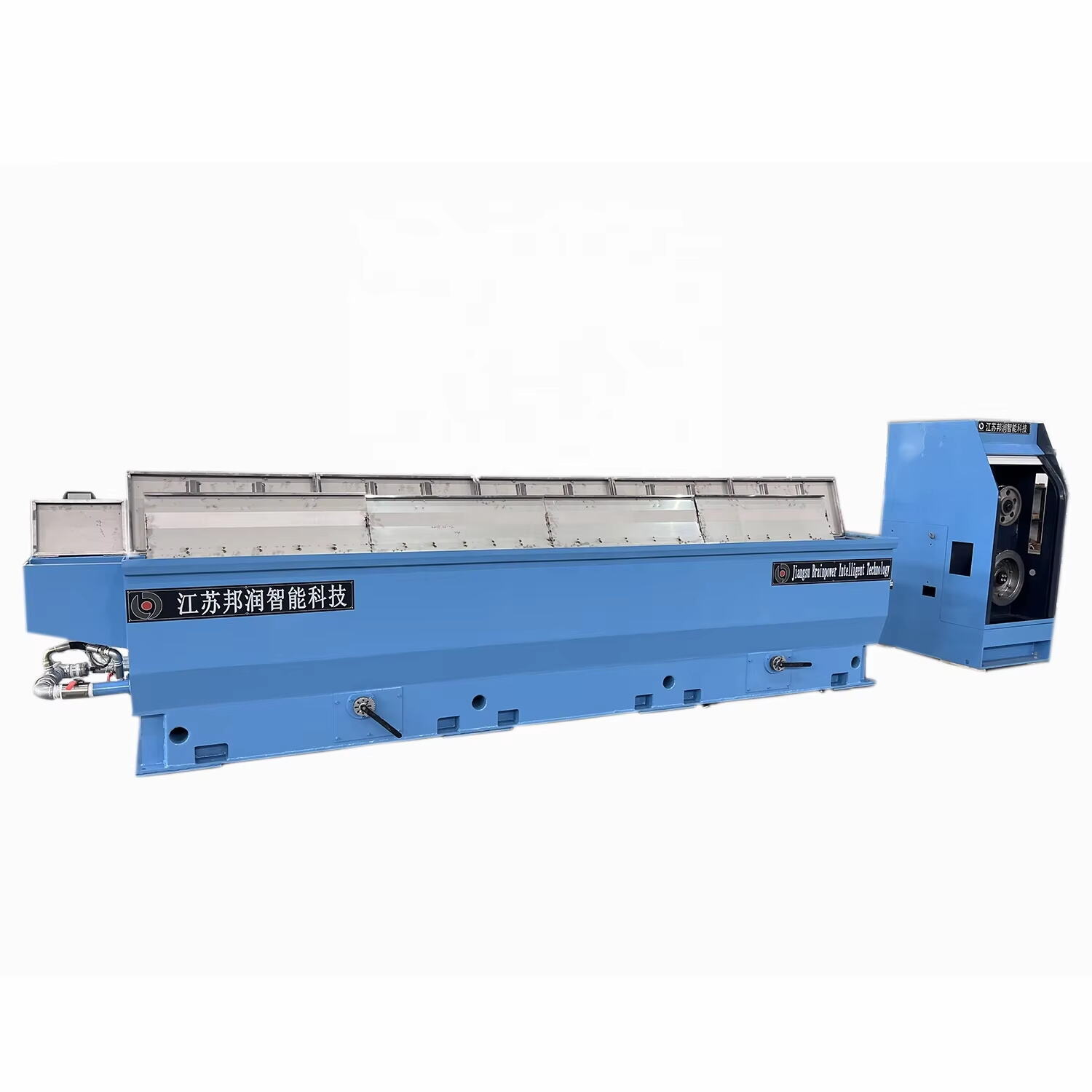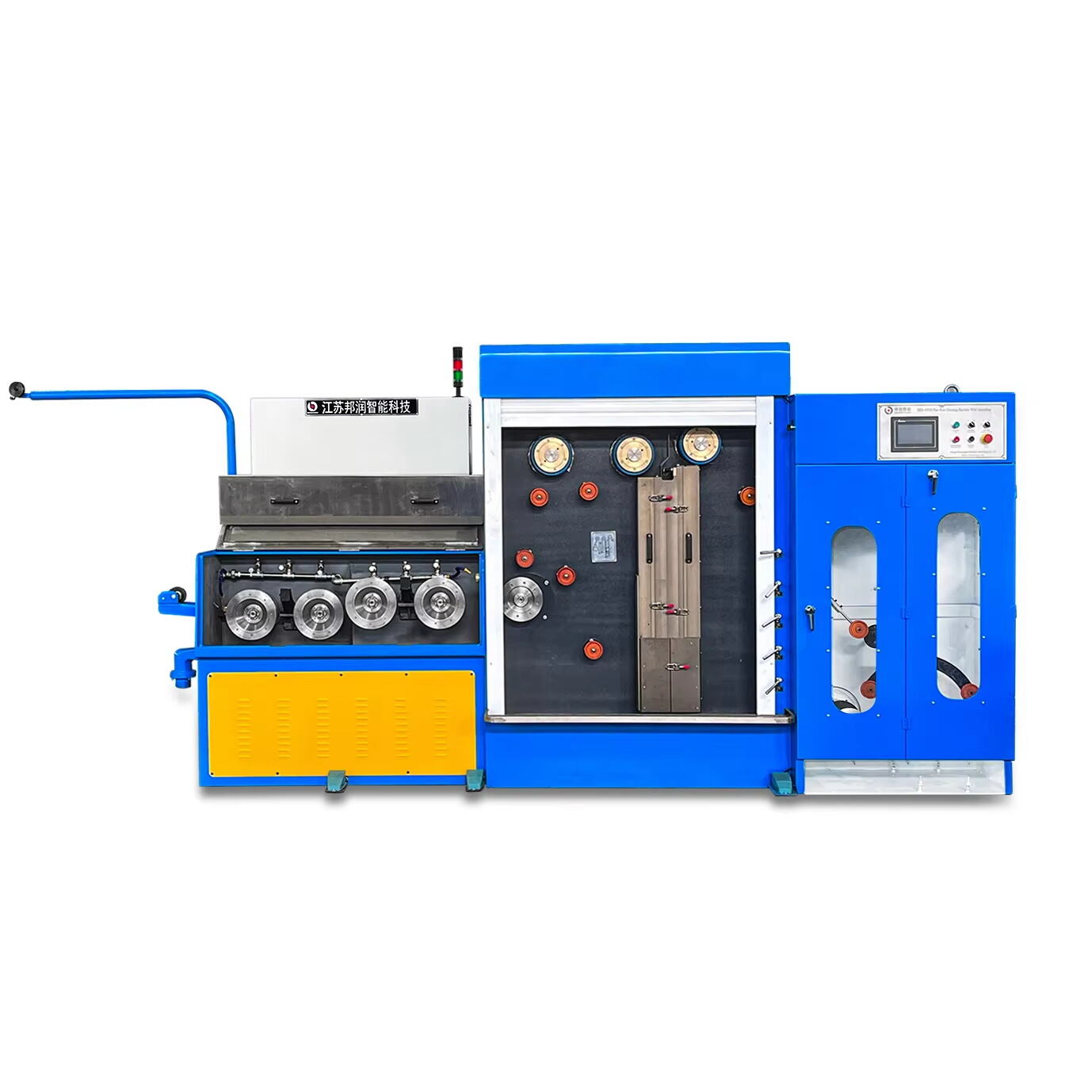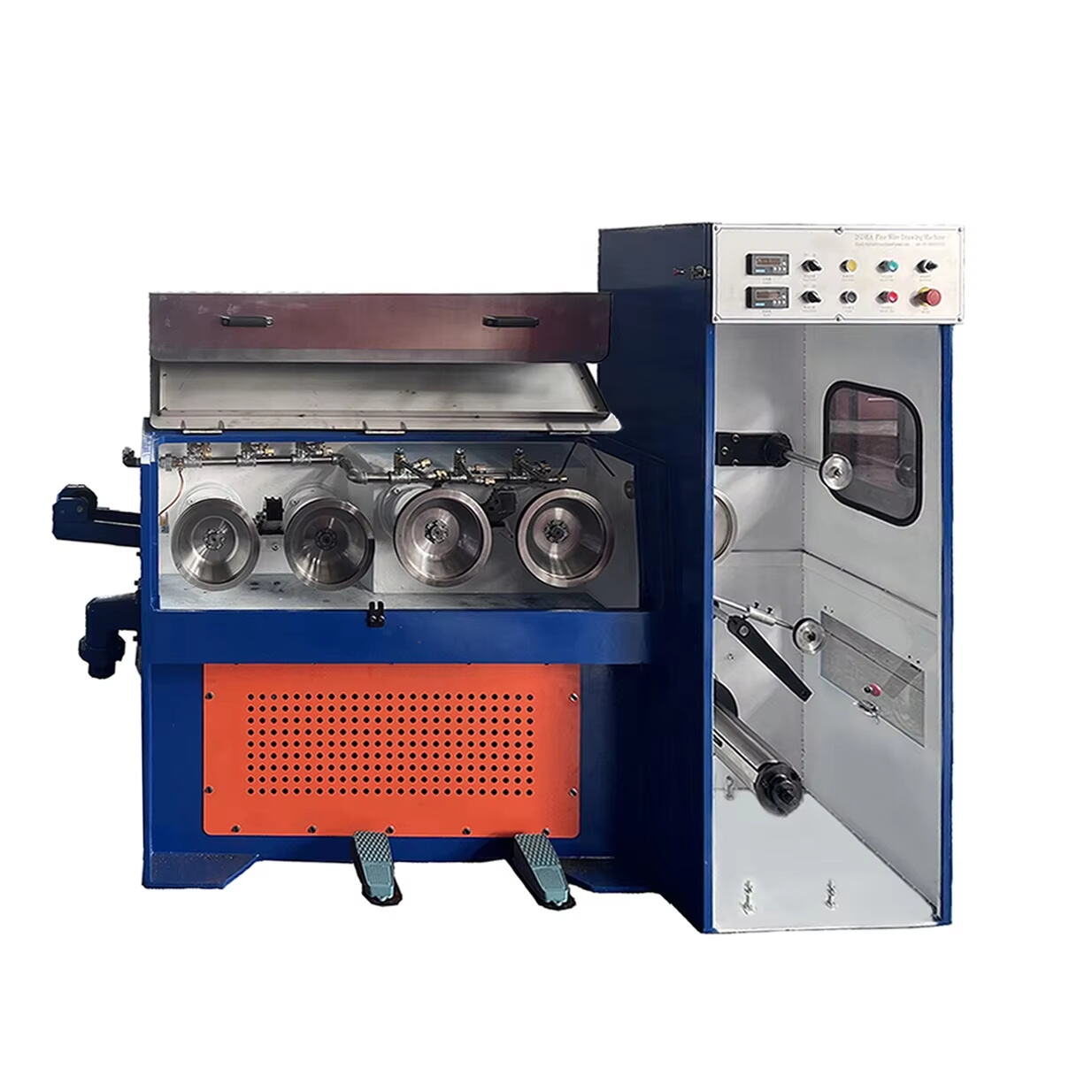procesul mașinii de tragere a firului
Procesul mașinii de tragere a firului reprezintă o tehnică fundamentală de fabricație care transformă fir gros în dimensiuni mai mici prin deformare mecanică. Această tehnică sofisticată implică tragerea firului metalic prin o serie de presuri cu diametre progresiv mai mici, reducând eficient secțiunea transversală a firului în timp ce crește lungimea acestuia. Mașinile moderne de tragere a firului includ caracteristici avansate precum control precis al tensiunii, mai multe stații de tragere și sisteme automate de lubrificare. Procesul începe cu pregătirea firului, inclusiv curățarea și revopsirea cu lubrificanți, urmată de operațiuni de tragere secvențiale care pot atinge reduceri de dimensiune de până la 90% în mai multe trepte. Aceste mașini utilizează presuri cu o putere ridicată, obișnuit să fie fabricate din carbure de tungsten sau materiale de diamant, asigurând o calitate consistentă a firului și o acuratețe dimensională. Tehnologia poate să acosteze diferite materiale, inclusiv oțel, cupru, aluminiu și metale prețioase, făcând-o esențială pentru industrii care variază de la electronica la construcții. Mașinile moderne de tragere a firului includ controale digitale, sisteme de monitorizare în timp real și capacitate de ajustare a vitezei, permițând producătorilor să mențină specificații precise în timp ce optimizesc eficiența producției.




